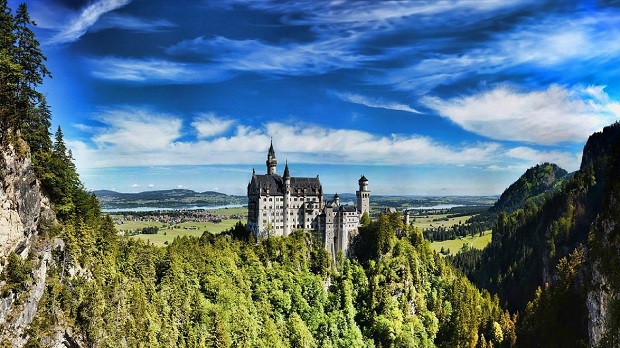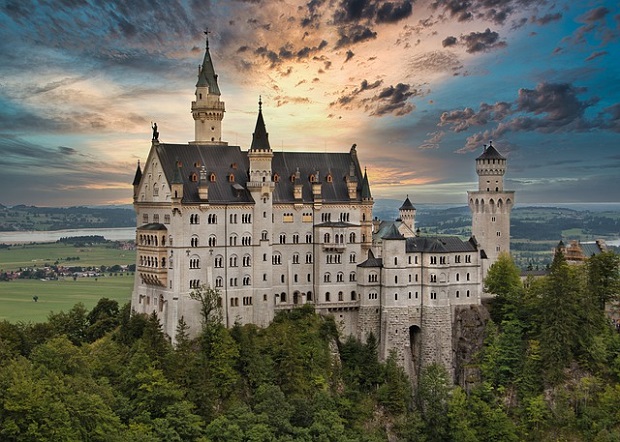Visit the Bavarian castles
Visit the Bavarian castles. Get to know the scenic German countryside on your way to the fairy-tale castles of Neuschwanstein and Linderhof. These two inspiring castles are straight out of our childhood imagination. They were both built by Ludwig II (r.1864 to 1886) who saw Bavaria being absorbed by the German Empire of Prussia two years after his coronation, a development that explains to a large extent his active involvement with matters that had more to do with music & architecture.
Linderhof is the closest of the two, just 1 hour & 15 minutes south of Munich by car or bus. Just before you reach your destination you could make a quick stop in the charming village of Oberammergau famous for the murals on most of the buildings in the central part of the town & its beautiful baroque church.
The story of Schloss Linderhof (Linderhof Palace) started when Ludwig II, visited the Versailles and awestruck by what he saw, decided to create an estate of similar beauty. Although his grandiose project was never realized an ornate palace in neo-French Rococo style, with handsome formal gardens was built between 1870 & 1880. The palace and its gardens would attract hundreds of thousands of admirers over the years.
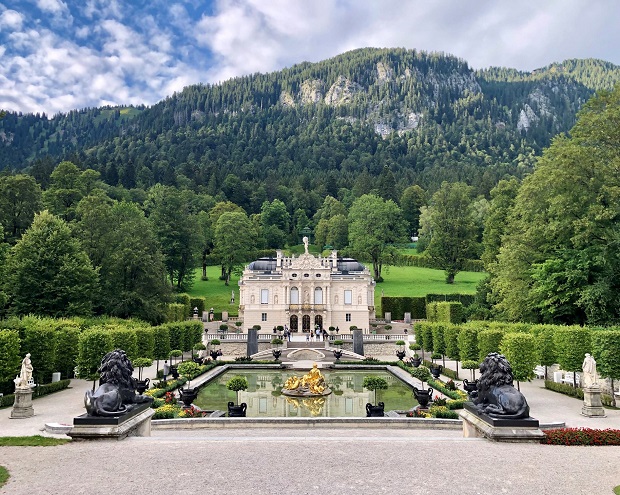
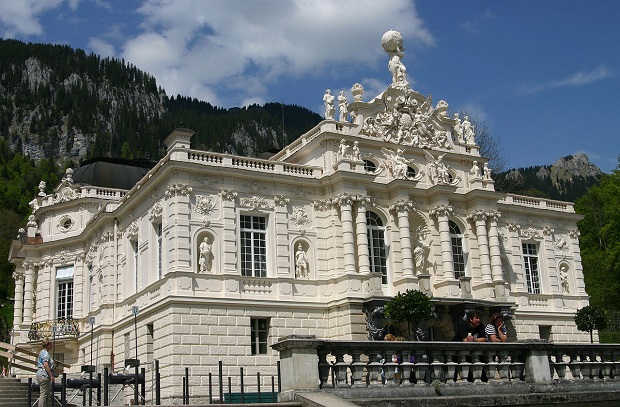
Ludwig II introduced architectural features into the park based on the world of the Orient, such as the Moorish Kiosk and the Moroccan House, and on scenes from Wagner’s music dramas such as the Venus Grotto, Hunding’s Hut and the Hermitage of Gurnemanz. The linden tree, after which the palace takes its name, is now 300 years old. The area is also a great place to jump over to Ettal Abbey or down to Zugspitze Mountain.
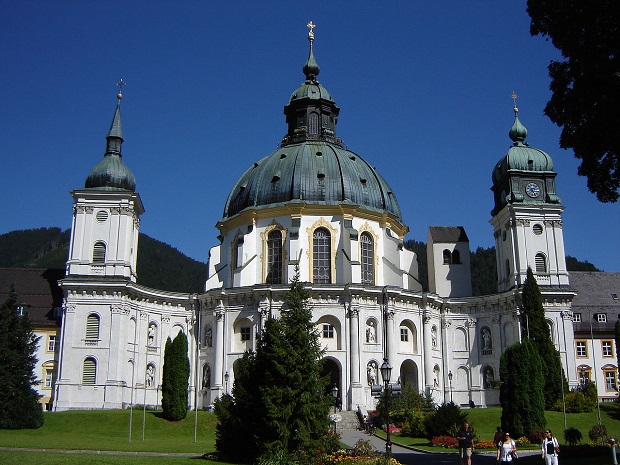

Schloss Neuschwanstein (New Swan-on-the-Rock castle) is an elaborate Romanesque fortress with soaring fairy-tale towers. It is situated on an Alpine promontory above Ludwig’s childhood home, Castle Hohenschwangau (translated into High Swan Region, Ludwig was frequently called the Swan King) Hohenschwangau was a medieval knights’ castle that his parents had purchased. Ludwig reputedly had seen the location and conceived of building a castle there while still a boy.
The Byzantine, Romanesque, and Gothic interiors of the palace are adorned with numerous wall paintings that depict scenes from the legends of Wagner‘s operas. Ludwig was obsessed with Wagner who actually lived & composed at the castle as the King’s guest at a time when he faced grave financial problems. Seven weeks after the death of King Ludwig II in 1886, Neuschwanstein was opened to the public. The shy king had built the castle in order to withdraw from public life – now vast numbers of people came to view his private refuge.
Today Neuschwanstein is one of the most popular of all palaces and castles in Europe. Every year 1.4 million people visit the castle of the fairy-tale king. In the summer around 6,000 visitors a day stream through rooms that were intended for a single inhabitant. The palace has appeared prominently in several movies but is most famous as the inspiration for Disneyland’s Sleeping Beauty Castle and later, similar structures.
The trails around the castle offer amazing opportunities for your cameras, as is Mary’s Bridge which spans over a large waterfall behind the Castle. At the ticket office, you can also purchase tickets to nearby Ludwig’s family Hohenschwangau Castle. The nearby Swan Lake & the chance to rent a paddle boat adds even more to the overall Disney-like experience.
